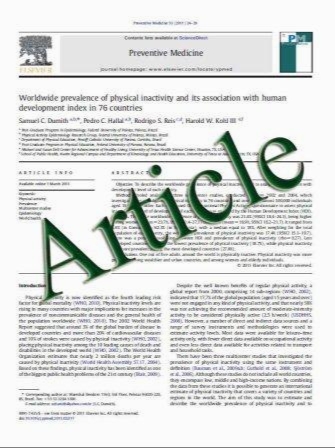ACL injury prevention, more effective with a different way of motor learning?
- نوع فایل : کتاب
- زبان : انگلیسی
- مؤلف : Anne Benjaminse • Egbert Otten
- چاپ و سال / کشور: 2010
Description
Purpose What happens to the transference of learning proper jump-landing technique in isolation when an individual is expected to perform at a competitive level yet tries to maintain proper jump-landing technique? This is the key question for researchers, physical therapists, athletic trainers and coaches involved in ACL injury prevention in athletes. The need for ACL injury prevention is clear, however, in spite of these ongoing initiatives and reported early successes, ACL injury rates and the associated gender disparity have not diminished. One problem could be the difficulties with the measurements of injury rates and the difficulties with the implementation of thorough large scale injury prevention programs. A second issue could be the transition from conscious awareness during training sessions on technique in the laboratory to unexpected and automatic movements during a training or game involves complicated motor control adaptations. The purpose of this paper is to highlight the issue of motor learning in relation to ACL injury prevention and to post suggestions for future research. Conclusion ACL injury prevention programs addressing explicit rules regarding desired landing positions by emphasizing proper alignment of the hip, knee, and ankle are reported in the literature. This may very well be a sensible way, but the use of explicit strategies may be less suitable for the acquisition of the control of complex motor skills (Maxwell et al. J Sports Sci 18:111–120, 2000). Sufficient literature on motor learning and it variations point in that direction.
Knee Surg Sports Traumatol Arthrosc (2011) 19:622–627 DOI 10.1007/s00167-010-1313-z Received: 18 February 2010 / Accepted: 14 October 2010 / Published online: 13 November 2010


